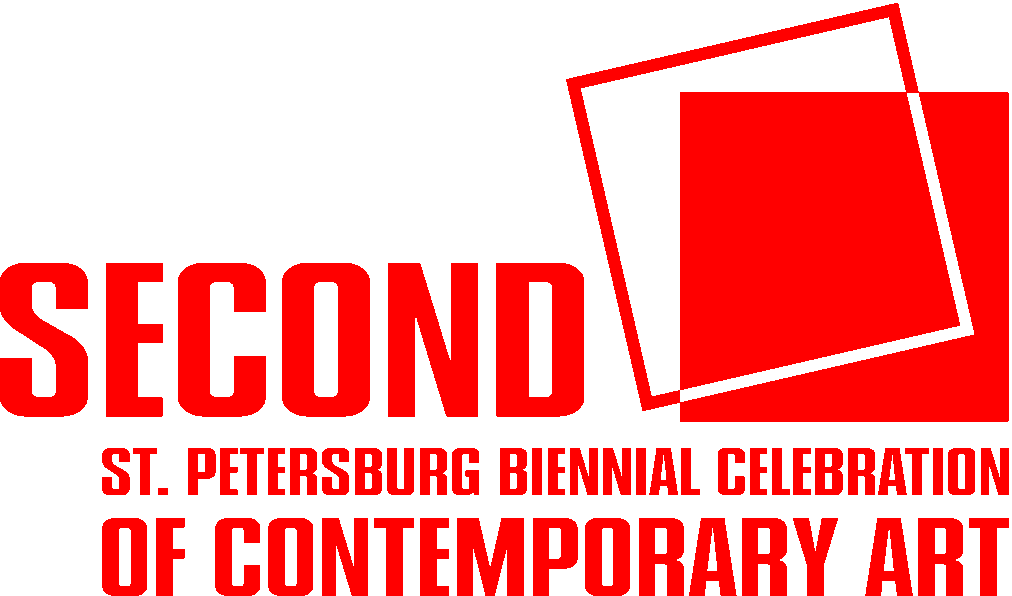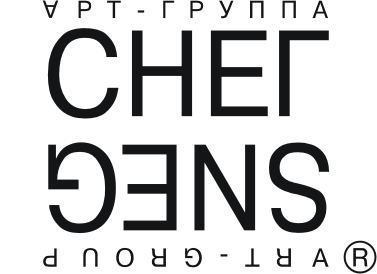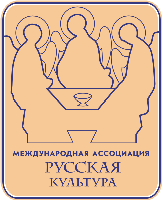Exploring the artistic environment: An experimental and experiential research project

The Saint-Petersburg Branch of the Russian Institute of Cultural Research
PARTNERS
Juri Potapov & Oleg Nikolaenko’s Open Studio
European University at Saint-Petersburg
Herzen State
Pedagogical University
of Russia

The Institute of International Educational Programs
International Association
'Russian Culture'

| MAINCONCEPTIONPROGRAMMCATALOGUEARTISTSCONTACT US |
| theoretical partplacesphotonext project |
Participants
Artists
Curators of the Bienniale
Alina VENKOVAAnna LYASHKO
Curators of the Projects
Anatoly Alekseev-Apraksin
Denis Bashilov
Vera Biron
Alena Boika
Julia Gnirenko
Muratbek Gumaliev
Dmitry Gutov
Eka Kartsivadze
Matia Korosteleva
Oleg Nikolaenko
Dmitry Pilikin
Jury Potapov
Alisa Prudnikova
Irina Sokolova
Alla Halaimova
Evgeny Umansky
Katerina Chudnovskaya
Contemporary art has entered a new stage of its development. Artistic traditions of the XX-th century are fast becoming history. The main problemartistic practice addressed during the latter half of the XX-th century was a reflection on the limits of art. Today, it seems the time for exploring and pushing limits has passed. The predominate questions of today are: “What is art?” and “What makes art possible?” The mechanisms of artistic creativity and the principles of aesthetic and off-aesthetic perception are vaguely understood. The cultural portrait of the present epoch is just being written. History is being created in this period of “between times”. In the onset of the XXI-st century, we are interested in discovering and defining not only of limits and logic of art, but also the coordinates of sensibility validating this logic. Contemporary art is again interested in Man, Man “being on either side of the canvas”.
Neo-avant-garde art has abolished the border around the canvas. This border is symbolic of traditional artistry and results in an empty space surrounding the canvas. Today, this empty space has begun to be filled with life. Having separated from the wall, the canvas disappears completely, and along with it disappears the modern artist, who represented the creator-demiurge of the post-Enlightment period. In the post-classical and postmodernist emptiness, without the quieting screen of canvas, artist and spectator are equally important to the work’s vitality. The declared “death of art” concerned the categories of classical aesthetics: a work of art, a creative work, an ideal of the beautiful, but it did not concern what ensures their real functioning – the real, inscribed in the history of artist and spectator. The end of the modern period made it possible for the human element to express itself in a new way.
Today we are again interested in artistic material, the principles and technologies of creation, and the strategies for perceiving art. Never before has there been such a variety of forms of artistic expression. Yet, at the same time, classical methods are not entirely obsolete, but may even be considered a kind of tuning fork for the new forms of creative expression. The canvas exists as a “memory of art”, offering a solid structure for the dialogue between artist and spectator. The canvas serves as a wall that detaches the “house of art” from the rest of the world. Classical technique is a kind of bay where history resides and meets the age after “the end of art”.
The theme of the first St. Petersburg Biennial Celebration is “art on canvas and beyond”. Projects presented at the biennial will not only show the succession of traditions but also a radical gap and the fierce conflict between history and the present. The common theme for all of the projects is “life around a canvas”, life in all its manifestations, including those without a definite place for art.
Major events of the First Biennial will occur concurrently with the First Russian Congress in Cultural Research (August 25-29, 2006, St. Petersburg, Russia). The forum of the First Russian Congress in Cultural Research will bring together culture theoreticians from Russia and around the world to discuss problems in the development of liberal arts, in general, and cultural research as a meta-discipline, in particular.
“The First St. Petersburg Biennial Celebration of Contemporary Art” is essentially an experimental and experiential research project in the environment of contemporary art. Realizations gained through the research project will yield a conceptual model for curator activities within the framework of contemporary artistic life in St. Petersburg. Major events of the biennial will be represented by the municipal, regional, and foreign mass media.
top of page